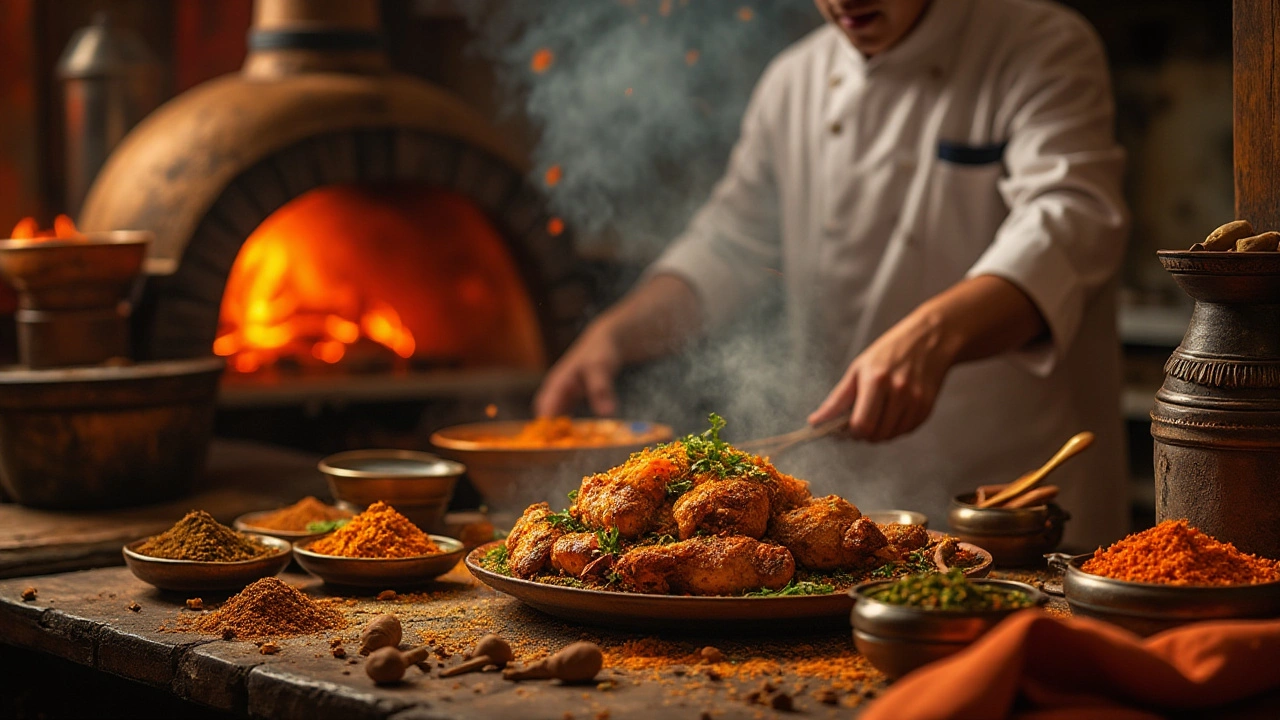Cooking Techniques
When you hear cooking techniques, the set of methods used to turn raw ingredients into authentic Indian dishes. Also known as Indian cooking methods, it blends tradition, science, and a bit of creativity to bring flavors alive. Below you’ll see how these methods connect with everyday staples like roti, biryani, dal, and even the art of fermentation.
Cooking techniques aren’t just a list of steps; they’re a web of relationships. For example, mastering Roti, a thin unleavened flatbread cooked on a hot griddle demands proper dough hydration, precise rolling, and the right heat. When the dough is too dry, the roti won’t puff; too wet and it sticks. Adding a pinch of oil at the right stage, as many home cooks swear by, can turn a tough chapati into a fluffy one. This connection shows that cooking techniques encompass roti making and highlight the importance of dough handling.
Fluffy Biryani and Balanced Flavors
Take Biryani, a layered rice dish that balances spices, meat or vegetables, and fragrant aromatics. The secret isn’t just in the spice mix; it’s in the technique of par‑boiling rice, layering with marinated protein, and sealing the pot for the “dum” process. Adding a splash of lemon juice at the right moment can keep the rice grains separate and lift the overall flavor. Here, cooking techniques require careful timing and temperature control, illustrating how each step influences the final taste.
Another cornerstone is Dal, lentils or split peas cooked until soft, often tempered with spices. Whether you soak the dal or skip it changes cooking time and digestibility. Soaking reduces the boil time and helps break down anti‑nutrients, making the dal smoother and easier on the stomach. This demonstrates that cooking techniques affect nutritional outcomes and that a simple pre‑step can vastly improve texture.
Fermentation plays a silent but crucial role in many Indian foods. The classic Dosa batter, a fermented rice‑lentil mixture that yields crisp, airy crepes relies on natural bacteria to develop flavor and airy texture. If you’re short on time, a pinch of baking soda can jump‑start the process, but true fermentation gives depth that shortcuts can’t match. This link shows that cooking techniques involve biological processes that transform simple ingredients into complex flavors.
Each technique ties back to a core principle: balance. Whether it’s the oil‑to‑flour ratio in roti, the acidity in biryani, or the tempering spices for dal, mastering these methods means understanding how one element influences another. The posts below dive deeper into each of these areas, offering step‑by‑step guides, troubleshooting tips, and the science behind the magic.
Ready to see those tips in action? Scroll down to explore detailed articles on roti puffing, biryani flavor hacks, dal nutrition, and more – all built around the cooking techniques that make Indian cuisine unforgettable.

Exploring the Downsides of Tandoori Cooking Techniques
Tandoori cooking, a staple of Indian cuisine, brings out exquisite flavors in dishes, especially when it comes to tandoori chicken. However, this traditional method is not without its challenges. From the high heat that can create carcinogens to the requirement for specific equipment, there are downsides to consider. Discover the potential drawbacks and how they can affect your cooking experience. Equip yourself with tips to manage these disadvantages for a safer and more efficient tandoori cooking process.